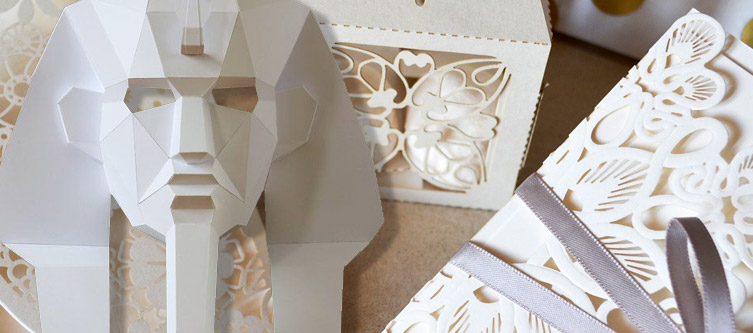Today, origami is famed across the world for creating amazing works of art with paper. It is an art of paper folding and can be considered a sculptural technique. It uses no scissors, glue, paint, or any of the other tools and has no strict rules. The paper sculpture also has virtually no rules except that some form of organic fibre is used as a material.
Paper can be easily moulded when moist and used for creating three-dimensional shapes. So, paper can be one of the most versatile mediums for the creation of fascinating sculptures. You only need to have no restrictions on its use.
Origins and the techniques used
The connection between paper and art is almost as old as paper itself. The use of paper began with papyrus scrolls made by the Egyptians as early as 4,000 BC. It was created using papyrus reeds. The modern paper was first made from cellulose fibres in 100 BC in China. The creation of paper sculpture dates back to the 17th century.
The earliest forms of paper sculptures were made in Japan by employing a variety of folding techniques. This particular art came to be known as ‘origami’. Ever since the paper was invented, many artists have worked on paper through drawing, printing, and calligraphy. When it comes to paper sculpture, only a few artists have ventured into the field.
One of the reasons is that artists who think three-dimensionally are quite a few. Besides, this is one of the most difficult skills of art to teach. The creation of such sculptures often involves bending, cutting, and curling paper. They also involve embossing, moulding, layering, and the combinations of some or all of these techniques.
There are instances when paper drinking straws, tissues, and other household materials are used. Such sculptures can be seen during occasions like Mother’s Day when they are handed out at church. Once you learn the knack of it, such sculptures can be created within a few minutes.
Teaching the art of paper sculpture
How the paper is utilized in the creation of a sculpture would obviously depend on the kind of paper used. For example, tissue paper looks and behaves differently than corrugated cardboard. For many years, corrugated cardboard has been used to teach architecture. It is used to create model homes.
Similarly, the quantity of paper used influences the methods and the results to a great extent. As children, many individuals have made Christmas trees by folding paper to form a cone shape. Later they were spray-painted and decorated with painted ‘spitballs’. One of the best aspects of the paper in the creation of sculptured art is that it is inexpensive.
The second is it’s relatively lightweight when compared to materials like bronze. Another great thing about paper is that it’s available in large quantities. It also lasts longer. More importantly, the errors don’t cost a great deal when compared to materials like marble. The learning curve is quite gentle when it comes to the creation of sculptural works using paper.
Many individuals get the opportunity to learn 3D paper art in the first grade using construction paper. Those in the 12th grade learn the art using cardboard. Their ages do not matter, as the students attain the same degree of success.


